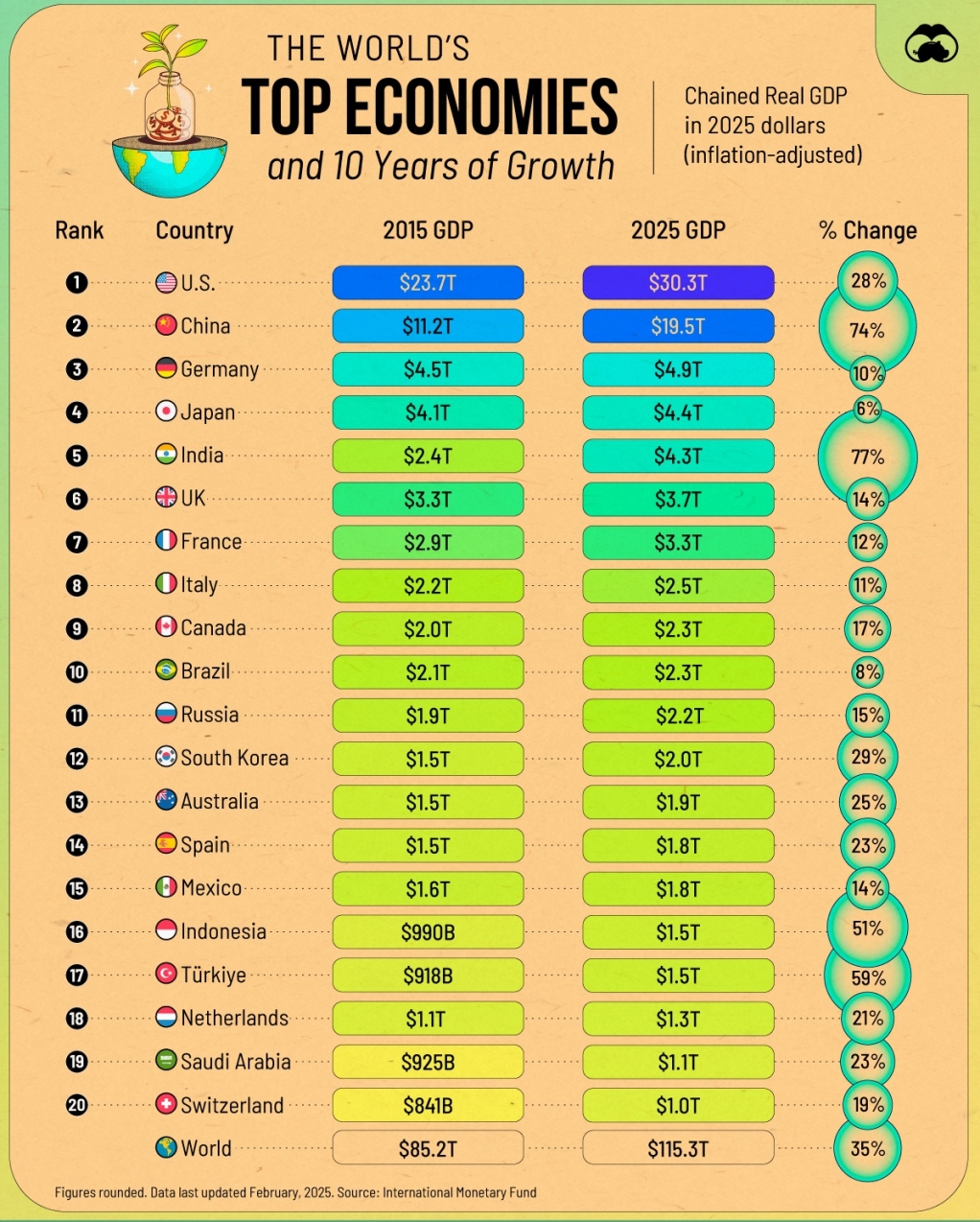S&P 500 Index Enters Correction Territory Amid Trade War Concerns
On March 13, 2025, the S&P 500 Index fell into correction territory after a swift three-week drop of over 10% from its February 19 record high. The NASDAQ index had already entered correction a week earlier, declining from its December 2024 peak.
Impact of Tariffs on Financial Markets
President Trump’s fluctuating tariffs and the escalating trade war unsettled financial markets. The U.S. economy, which seemed to be stabilizing, began showing warning signs.
Tariffs Taking Effect
Tariffs, taxes on imported goods, are part of the president’s America First policy to encourage domestic production. New 20% tariffs on Chinese goods and 25% tariffs on imported steel and aluminum are in effect. Tariffs on imports from Mexico and Canada are paused until April, pending reciprocal tariffs.
Canada, the EU, and China have responded with their own tariffs, affecting U.S. products and potentially costing U.S. farmers billions in reduced exports.
Inflation and Growth Fears
Tariffs could raise costs for U.S. manufacturers and consumers. For example, new car prices could rise by $4,000 to $10,000, and homebuilding costs could increase by $9,200. Significant inflation could hurt consumers, reduce sales, and lead to job losses, prompting some economists to downgrade growth forecasts.
More Cautious Consumers
Inflation slowed to 2.8% over the past year, but tariff-driven price increases may take time to appear. Consumer sentiment fell sharply in March, with expectations of 3.9% inflation over the next five to 10 years. Retailers, airlines, and restaurants report decreased demand, which could slow economic growth.
Businesses Under Pressure
Free trade and globalization have long been supported, but reshaping supply chains is challenging. Uncertainty over tariffs may cause businesses to delay investments and hiring. Tariff-related costs could reduce corporate earnings, contributing to market volatility.
What’s an Investor to Do?
Despite recent market drops, investors have enjoyed significant gains in the past two years. Stocks regained some losses after the correction, but prices may continue to fluctuate. Maintaining a long-term perspective and consulting with a financial planner can help navigate these uncertain times.
For more information on how tariffs work, see our previous article here: Trump’s New Tariffs: What You Need to Know




